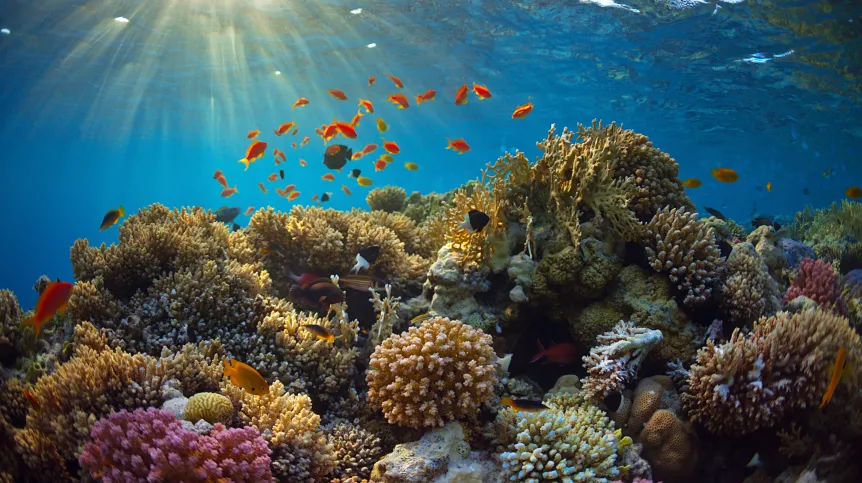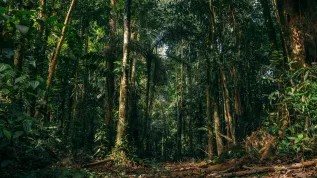
A joint study by Polish and Swiss palaeontologists has cast doubt on the long-held assumption that aragonite coral skeletons provide reliable records of past climate conditions.
The findings, published in the journal „Scientific Reports”, suggest that preserved aragonite mineralogy in coral fossils may not guarantee the integrity of their original isotopic composition, crucial data for palaeoclimate reconstructions.
“Maybe there is no need to rewrite textbooks, but we should certainly verify many previous interpretations and be much more careful when drawing conclusions,” said Professor Jarosław Stolarski of the Institute of Paleobiology at the Polish Academy of Sciences, lead author of the study.
“The more so that the analyses of aragonite coral isotope compositions are one of the foundations of palaeoclimatology and climate reconstruction research,” he added.
The research, conducted by scientists from the Institute of Paleobiology and the Federal Polytechnic School of Lausanne in Switzerland, focused on hexacorals—widespread organisms throughout the Mesozoic and Cenozoic eras that form skeletons from aragonite, a relatively unstable variety of calcium carbonate.
“If the skeletons of such corals are found with preserved aragonite mineralogy, they are widely considered to be diagenetically unchanged (i.e. not subject to physical or chemical transformation after their formation) and maintaining the original isotope signals of the environment in which they formed, allowing, for example, to recreate the temperature of old seas,” Stolarski told the Polish Press Agency.
However, aragonite is known to frequently transform into calcite, a more stable form of calcium carbonate. During this transition, isotopic signals stored in the coral skeletons can be altered or erased.
“Therefore, if we find calcite coral skeletons, apart from a few exceptions, it can be concluded that they have been transformed. However, we consider the aragonite ones to be well preserved, with the original composition of isotopes,” he said.
That assumption prompted the team to put it to the test. According to Stolarski, recent insights into coral biomineralization reveal that coral skeletons are formed not by simple mineral precipitation but through a complex process involving nanometre-sized building units rich in organic matter.
“As a result, the structure of such a biocrystal is much more porous, and the penetration of water is quite easy,” he said.
In the experiment, modern aragonite coral skeletons were placed in a controlled environment at 50°C in water with a composition significantly different from seawater. The goal was to observe whether isotope exchange could occur without altering the mineral structure.
“After a week, we saw that although the skeleton itself remained completely aragonite, the isotope composition changed radically, i.e. that the isotopes of water penetrated the coral skeleton. So there was an isotope exchange, without changing the mineralogical composition,” Stolarski said.
Adding that the results raise questions about how coral fossils are used in climate reconstruction studies, he continued: “Let us transfer this experiment to life, to a real study of a palaeontologist. Imagine that the researcher finds such an aragonite skeleton and takes it at face value, meaning that it is well preserved. After reading isotopes, the researcher determines that the water temperature during the lifetime of this coral was, say, 50 degrees C. Our results show that one has to be much more careful in drawing conclusions so that the interpretations are reliable,” he warned.
Asked whether previous isotope analyses of aragonite coral skeletons should now be rejected, Stolarski said it depends on the context in which the fossils were preserved.
“That depends on the environment in which these fossils have survived. If we are talking about completely impermeable siltstone rocks, which water from the external environment practically does not penetrate, there is a good chance that this isotope signal will be original. However, this will have to be proved,” he said. “The behaviour of the aragonite mineralogy of the skeleton does not guarantee its ‘excellent preservation’.” (PAP)
PAP - Science in Poland
akp/ agt/













